-
Posts
728 -
Joined
-
Last visited
Recent Profile Visitors
9,564 profile views
TimeTexas's Achievements
-
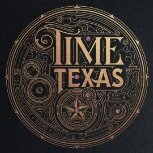
The Sweep of Life - Dervish Uhrenmanufaktur
TimeTexas posted a topic in Independent Watch Discussion
There is a spirituality associated with time. An irreversible flow of existence and experiences, the sweep of life. Many people collect watches to mark specific moments in time, a constant reminder of a major life event, a wedding, birth of a child, graduation, or work accomplishment. But life itself is constantly revolving and swirling, our lives moving with a rhythm through the ebbs and flows of time. Instead of capturing a specific moment in time, Can Bayraktar started his watch manufacture, Dervish Uhrenmanufaktur to capture a very personal story. For English speakers Can's name is pronounced similar to Sean with a soft J sound at the beginning - J-ah-n. Inspiration for this story comes in the form of the dervish, a member of a Muslim religious order of monks hailing from the Ottoman Empire, present day Turkey. They are well known for their wild dancing of spinning and whirling around. This rhythmic whirling is done to achieve harmony with the orbiting cosmos. This harmony with the cosmos is Can's vision for his watches, with the sweep of the seconds representing the whirling dervish spinning around their own axis. Its a spiritual approach that is much more in line with the beautiful creativity of independent watchmaking than mass-produced watches from an assembly line. In a world where watches have increasingly become commodities to be bought and sold and many are seen as status symbols, this is a novel approach. And the watches reflect that spiritual outlook.This is the beauty of independent watchmaking, you aren't buying products, you are buying a person who has poured their heart, soul, love, passion, and an incredible amount of time. You are buying their vision of art and beauty encapsulated in a small timepiece you can enjoy every time you wear it. You are buying a small piece of their journey and their spirit. Can's journey began as a machine mechanic, manufacturing small parts in Pforzheim, Germany. He moved into jewelry repair, where he learned the art of watch repair. This sparked an interest and he began to design watches in 2016 and later decided to pursue it full-time in 2018 when he began to manufacture his unique designs. An avid fan of history, Can loves to travel and learn about history. The history and the stories he learns during his travels provide the inspiration behind his watches. The description provided for each watch doesn't just provide a list of the specs or iof the watch. It actually describes the reasoning behind the elements and what they are meant to represent. This is a wonderful approach and provides so much additional insight into the timepiece itself. Considering the complexity and details on each watch it is also wonderful to understand Can's reasoning and motivation. I love thoughtful and inspired design and Can's approach is both beautiful and driven by his own life and experiences and travels. Each watch gives you an opportunity to share in those experiences. Like life, watchmaking is a journey, and tastes evolve. It's fair to say that one's watch journey is shaped by their underlying reason for buying watches. Watches used to be primarily tools, valued for specific design elements, complications, and specifications needed to meet a particular use. Today, only a small portion of watches are purchased to be used as a tool. Sure, people still buy tool watches, but few use them for their intended purpose. Watches have increasingly become extensions of one's personality and the journey of their life. Can's watches likely aren't for someone early in their watch collecting journey. The designs are bold and somewhat ornate, meant to inspire reflection and evoke emotions. The stories behind each watch express the cultural signficance of his travels. Watches are a combination of vision, artistry, craftsmanship, design, and engineering. With his manufacturing background and training as a mechanic, Can fully understands the importance of ensuring the design translates into a manufacturing possibility. He works closely with clients to create personal designs within the general, incorporating bespoke elements to make each watch a one of a kind timepiece. An heirloom that marries Can's journey with the client's journey. After agreeing upon a design, Can then begins the manufacturing process, taking into account any bespoke changes agreed to during the design process. However, this is where the bespoke experience differs from many others. During the manufacturing process he allows his inspiration to influence the design and incorporates these into the watch while being mindful of the client's desires. In some way, the final timepiece is a merging of the client's journey and Can's journey. For this to be successful, Can and the client must have a good relationship and open communication is key. The development and creation of the watch becomes a journey they take together. This requires trust because the watch may differ in some ways from the design as Can's inspiration. But its through the process of getting to know the client that Can feels comfortable that he understands what they are looking for that he feels comfortable making these changes. But this is also why it Can's watches are not for everyone. They are for individuals looking for an individual piece that still captures Can's spirit and inspiration. As he continues to build his own watchmaking company, Can works full-time at a watch case manufacturing company. His desire to create his own timepieces came when he stumbled across Rainer Nienaber from Bünde / Germany who made YouTube videos discussing watchmaking. He was also inspired by other discussing watchmaking with other independent watchmakers. But the inspiration for the designs comes comes from a place much closer to his heart, his mom. His mother taught him to take notice of the things around him, to appreciate history and beauty and nature and art. To take notice of the things that make a place unique on their travels together. Even today during their travels, his "mum" still points things out and directs his attention to things that inspire him during their travels. Currently, and likely due to his Turkish heritage, many of his clients are from Turkey, but also many other in countries with limited watchmaking such as Australia, Russia, and Azerbaijan. And while his clients have varied collections with more well known brands, his hope is to continue to design and create beautiful watches for collectors looking for something more unique and personal. People whose watch collecting journey has veered into independent watchmaking, but even more importantly, for whom timepieces reflect a spirituality and harmony with the world we live in. We each have our own individual journey in this world, and watches are a beautiful reminder of the passage of time along that journey. Dervish Uhrenmanufaktur may not make tool watches in the typical sense, but they are tool watches. They are tool watches for the soul. Despite the language difference, it was an amazing discussion. Can's story is inspiring and it translates into beautiful timepieces. He has a wonderful outlook on life and is imminently enjoyable to get to know. His enthusiasm is contagious and you can certainly get a sense of the passion and commitment to creating something unique and personal. You can learn more about Can and Dervish Uhrenmanufaktur at https://dervish-uhrenmanufaktur.de/ and also read about the different timepieces and the inspiration behind them. You can keep up with his latest creations @@dervish_uhrenmanufaktur -
-
Note from Sergey: Firstly, I want to thank Chris for this unique opportunity to share a little bit about myself and my journey in watchmaking. Chris believed in me, helped me always, and I really appreciate it. Where did your love of watches come from? Watches were not my childhood dream, I don't have any stories that guided me into watchmaking. About 15 years ago I got into collecting vintage watches, at one point there were so many that I didn't have time to maintain them, after that I sold most of the collection and kept only 1 Omega Seamaster from the late 50's which I completely restored. And one day I had the idea to make a watch for myself, in fact I challenged myself. At first I thought it wouldn't be hard to buy the movement and other parts and just assemble it, but I was wrong. I found myself in a different universe, changing my life radically. I know you talked about frustration with the legal/justice system being the reason you decided to leave the profession. But was it your plan to leave and become a watchmaker or did you decide to become a watchmaker after you had decided to leave being a judge? These thoughts were inseparable. For a long time I had been thinking of leaving my legal work, I had taken great joy in making wristwatches, I lost track of time, I couldn't stop and the decision came by itself. I have not regretted for a minute what I did, now I am doing what I love. The judge's colleagues discouraged me from leaving, saying that this was the highest status for a lawyer, that I would not find anything better, but I did not listen to them and began to master a completely new profession from the very beginning. Talk about your journey and the process of becoming a watchmaker. It's actually a very complicated path, it's like an Advent calendar, one window per day. I learned from my own mistakes, first I attended watchmakers' courses, learned the basics. I bought several movements, studied all the nuances, found international literature on watchmaking, instructions for assembling different movements. It is a very hard and long way to go. I spent a long time looking for a supplier of quality movements and a manufacturer of watch cases, drawing my own drawings of cases and hands. Today I make my own hands and dials, I order cases in Germany and France, and I participate in the design process. For example, I’m working on two watch models right now, and the challenge for me is that the dial base is 0.8 mm thick. with top pad 0.4 mm. It doesn’t fit in the standard case, so we had to increase the height of the case and the geometry of the hands by raising the hour and minute tribs. This thickness is necessary for precise and durable microwelding. And I got the help of micro-engineers who helped me to design and implement some projects, to get the best results. It’s hard for me to say which challenges were the hardest to overcome. I think everything is difficult, but it’s not easy and you have to overcome everything. Do you have anyone who works with you or are you doing everything on your own? It's hard to tell if I'm working alone or not. I often turn to different masters for help and advice. For example, to engineers, to masters of painting for the selection of shades, I ask you to share secrets. What inspires you as a watchmaker? I am very inspired by the work of independent watchmakers, their vision, way of implementation, and non-standard solutions. I am also inspired by unusual architectural solutions. With the help of specialists, I try to seek help from people who are far from watchmaking, since they do not think in patterns, do not know the rules and impose non-standard options. It's always so interesting. What do you want people to takeaway from your designs? I wish people would stop looking at the watch in a formulaic way. So that they stop looking for similarities with other models, so that they stop paying attention to the lack of mandatory elements in the design. The watch should be enjoyable. Fortress was a very distinctive in its design. The First Anniversary was a departure in case design, are you planning on using the new case design going forward for future models? Are you done with the Fortress series? The design of the new case turned out to be very successful, I am very happy with it. I plan to use it in new models, but this time they will be chrome instead of matte painted. With a diameter of 41 mm. it is very light and not bulky, fits perfectly on the wrist. I receive a lot of requests for the Fortress model, which unfortunately I could not fulfil due to the limited edition. Due to the great interest in this model, I plan to revive the Fortress by the end of this year, using a new case, new paint technology and new materials. Your distribution model has been somewhat unorthodox - you only release a very limited number of each series. Do you plan to continue that model going forward, or are you looking to increase production in future series? I plan to increase the limited editions from 3 to 10 pieces to meet the increased interest of collectors. I have chosen a different form of production, I first make the watches and only then offer them to collectors, eliminating the waiting time for production and without waiting lists. This form of work was chosen because of respect for the customers' time, so as not to keep them waiting for years. The Russian war in Ukraine has caused significant difficulties with the sanctions and Russian watchmakers not being able to sell watches outside of Russia. Do you see this as a challenge or as an opportunity to continue to refine your watchmaking and expand awareness of your watches so when the war ends you are in a better position to grow your business? It's actually a huge challenge to overcome every day. Purchasing Western equipment for production has become almost unaffordable due to double logistics, long delivery times, and double customs payments, as it is impossible to deliver or ship anything directly to Russia. I am a citizen of two countries, Russia and Armenia, which helps me to bypass sanctions, receive payments and send watches through Armenia, but all the costs have doubled, which of course is a big problem. I don't think anything will change much after the war is over. It is very sad when people who are far from war and politics are not able to interact with each other. But I really hope that the war will end soon and that this event will give my cause a new impetus. What's in store for the future? I have big plans to expand the range of models, a lot of ideas regarding the development of production. I am very happy to be working with the Swiss manufacture Jean Marc Fleury. He is an amazing person, with a great team of professionals, I am very excited about this collaboration as it is a big step for me. I hope to strengthen our co-operation and take our development to the next level, step by step. What other watchmakers are doing something that you enjoy or think is exciting? Хhevdet.Rexepi, Dervish Uhrenmanufaktur, James Lamb, Armand Billard, Vincent Calabrese, Felipe Pikullik, Michal (Molnar Fabry), Keaton Myrick, Florent Lecomte, Garrick Watchmakers, and many others. I really like their approach to watchmaking, design, attention to every detail, complications. I follow their work with great pleasure and try to learn something new from them every time. What they do is a completely different dimension, they think beyond watchmaking standards, which is beautiful in itself. A quick note: Thank you very much to Sergey for taking the time to respond to these questions in such detail. I know he is incredibly busy, but still finds the time to interact with clients and even help promote many great watch accounts on Instagram. He is an amazing individual and his watchmaking is new and exciting to see him progress. I urge you to follow him on Instagram at @sergeychutov and follow his journey.
-
I absolutely love this combination. @kollokium with @rsmwatchstrap two piece military canvas with distressed hardware.
-
Anyone able to see this vid?
-
20240828_175226.mp4
-
-
-
Two new custom-made straps from Howard (Veblenist). Due to the 19mm L2L I had these made specifically for the Hacko MkII. The original strap was a nice brown but I wanted something lighter. So which do you prefer?
-
-
-
-
When you hear the term calculus, formulas and integrals and derivatives may be the first thing that goes through your head. It does for me, reliving long nights studying for tests. But calculus is also defined as a particular method or system of reasoning. I've been blessed and honored to have the opportunity to meet and have extended discussions with many different watchmakers. Its part of what I love about small independent brands. You get a level of insight into not only the watchmaking process and the inspiration behind the watches, but also the challenges of building and running a small business. For those watchmakers who have had success, certainly each have had their own calculus as to how to develop and build their watches and their brand. Starting an independent watch company is incredibly dfificult even under the best of circumstances. Competition is stiff, not only because of the headwinds of being a single individual or small group taking on the large luxury conglomerates, but also due to the increasing number of watchmakers that are starting their own companies and even designers who are starting microbrands which compete for collector dollars. With global price increases creating additional strain on creating affordable timepieces, there is no easy path to success. I recently had a chance to spend a couple hours talking with Rafael Guimarães with Statera Watches. Statera is the first independent watchmaker in Brazil. I first chatted with Rafael last year when I saw the Statera ST01 Calculus, their first watch. Classically styled, I was immediately interested first because it was a very attractive watch, second because my wife spent time in Brazil in her childhood and it seemed an unlikely spot to find a small watchmaker. After spending some time talking with Rafael, i decided to purchase the ST01 Calculus. Unlike the Engiish definitions; however, in Portuguese, Calculus means balance. Obviously balance is an important component in watches, but also in life itself. As with many of us, Covid created an immense amount of uncertainty. The uncertainty of the future, and of life itself, prompted questions about ourselves, our lives, and our futures. We questioned whether or not we were doing something we loved. For Rafael and Antonio, who had been friends since childhood, the answer was no. Life. Balance. And so the dream began and the friends began to develop a watch. This scene likely took place in hundreds of places around the world. And this would likely be a discussion of a new microbrand, except for the determination of Rafael and Antonio to move beyond design and actually learn the craft of watchmaking. They weren't content to simply design a watch and outsource the manufacture. Instead they started researching small independent watchmakers and reached out to Armand Billard (@sartorybillard) to get some advice. If you've met and talked with Armand he it won't surprise you to know that he was incredibly helpful. Not only was he willing to talk, but also provide names of contacts and suppliers for cases, crystals, and hands to help Statera get started. After receiving the prototype, they had several family members and friends who were interested in having one of the watches. At this same time, Rafael also reached out to Ivan Padilha with Exame magazine. He was also very interested in what Statera was doing with ST01 Calculus and wrote an article about the first independent watchmaker in Brazil. Only one thing was missing...the watchmaking. And in Brazil, much more than Switzerland, that is certainly a case of being easier said than done. In Switzerland, an entire industry has been built to support watchmaking. Not so much in Brazil and, in fact, its even made more difficult by tariffs of 100% on imported goods. With the desire to sell its watches both in Brazil and around the world, a 100% tax is prohibitive to developing a reasonably affordable watch. Facing seemingly insurmountable challenges it would have been easy to simply eiether give up or to continue outsourcing development of the major components to suppliers in Switzerland. Instead, Rafael and Antonio undertook to find a way to develop the necessary components in Brazil. Rafael reached out to Angelique Chappuis, a watch engineer (Habillage in French). Angelique, who is half brazilizan and half swiss had worked for many well known brands incluidng Cartier Cartier, Swatch Group, and Tag Heuer. After hearing Statera's ambitions, she shared their vision and thoughts on creating a dress watch and wanted to give something back to Brazil. She is now a partner, helping with the design on the ST02. While the Calculus (and the ST01 Emerald which was released in August 2023) is 41 mm the upcoming ST02 is 39mm and they are working on a 37mm model. More suitable for a dressier timepiece. But a design isn't a watch and Statera still had no good option for manufacturing the elements of the watch. During my 2+ hour discussion with Rafael, he mentioned luck several times. But I didn't hear a lot of luck. I heard about a lot of hard work, a lot of not giving up, and a lot of perseverence and "finding a way". Sure, there were some people who helped out along the way, but only because Statera pursued those opportunities, reached out, and shared their vision. Unable to cost effectively import cases, Rafael began to search all over Brazil for a manufacturer for the cases for the ST02, but all of the machinists were booked. Finally, Rafael discovered the high import tax rate was helping support SENAI (Serviço Nacional de Aprendizagem Industria) whose purpose is to further technical education in pursuit of industrial revolution. As part of this effort, the institute has two locations, with one of those being in the same city as Statera, Maringa. In this case, it was a bit of luck, as that location had a 5-axis CNC that Statera was able to use to have the case bezels, mid-case, and case-back manufactured in Brazil. Rafael then went to WOSTEP to learn finishing with the goal was to develop skillls to be able to finish the cases with polishing and finishing. At WOSTEP, he met Jose Berenguer who became a good friend and they started a finishing laboratory and began finishing the cases for the upcoming ST02. But Statera didn't want to stop with the cases and wanted to be able to develop the dials in-house as well. Due to the cost of importing specialized machining equipment into Brazil, they decided enamel was the best way to do that. To make enamel dials they need only the enamel and the kiln, the most cost efficient way to make the dials in house. Although very difficult to learn and master. So Statera bought enamel and copper and silver sheets and began practicing with the blanks - reading books on enameling to get started. Ultimately, they decided to take an enameling course from Naomi Nevill, a well known and highly skilled enamaler. After the course, they continued to practice and refine their enameling skills. As with learning any new skill, they experienced issues and challenges, and they would reach out to Naomi for assistance. They even set up weekly meetings to get advice as they continued to learn under her guidance. They also met Gabriel Colliard, one of the most well-known enamelers in the world. Gabriel is also from South America (Argentina) and they struck up a friendship and met in person in Geneva in 2023. Earlier this year, they traveled to Geneva and spent 3 days working on dials for the upcoming ST02. While working with Gabriel, they were able to learn the process of "Polito peso" or mirror finish. Many enamel dials on the market are glaze finished; however, mirror finishing is the next step and is significantly more difficult to achieve using specific chemicals and techniques. Gabriel is known for performing the mirror finished enamel dials for brands like Patek Philippe and Akrivia. António and Rafael are now apprentices for Gabriel and refining their enameling techniques and have even inspired Gabriel to develop his own timepiece. While this ST01 Calculus was primarily constructed with outsourced components, it was the first step in Statera becoming the important first step in becoming the first independent watchmaker in Brazil. While the proclamation by Ivan Padilha may have been slightly pre-mature, Statera has taken extraordinary measures to ensure the accuracy of that statement. With the release of the ST02, Statera will most definitely meet even the most stringent definition of independent watchmaker. And despite the challenges Statera has had to overcome, there is an incredible excitement and enthusiasm in Rafael's voice as he talks about how grateful he is for all of the people who have helped him along the way. And while he may chalk this help up to luck, it is anything but. It's a willingness to overcome, an ability to share a vision and make the effort to ensure that vision becomes reality. It also highlights what is great about the independent watchmaking community so amazing. Enjoy these photos of the first step in the journey, the ST01 Calculus, and keep your eye out for the soon to be released ST02 which is scheduled to be announced soon.
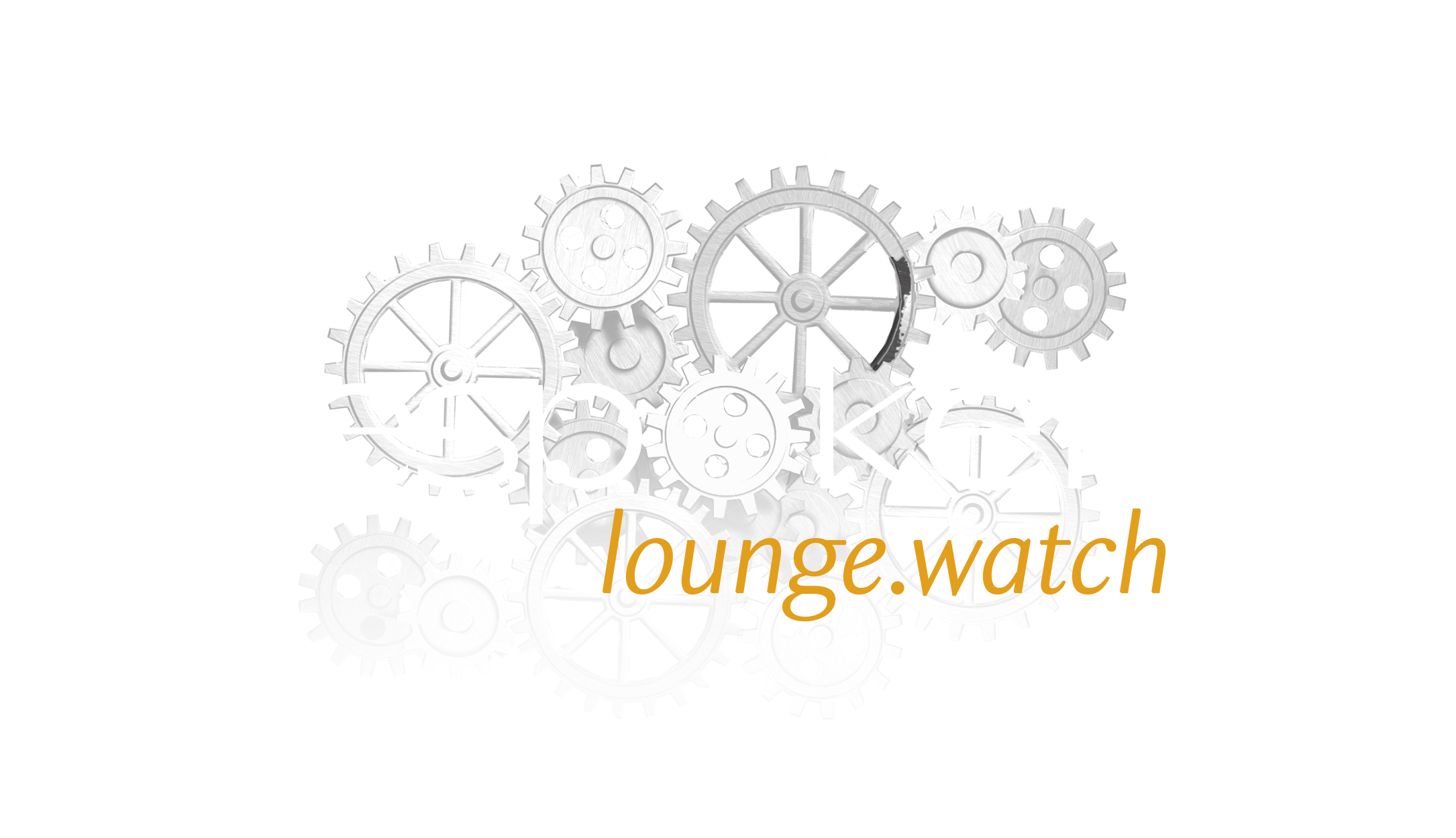
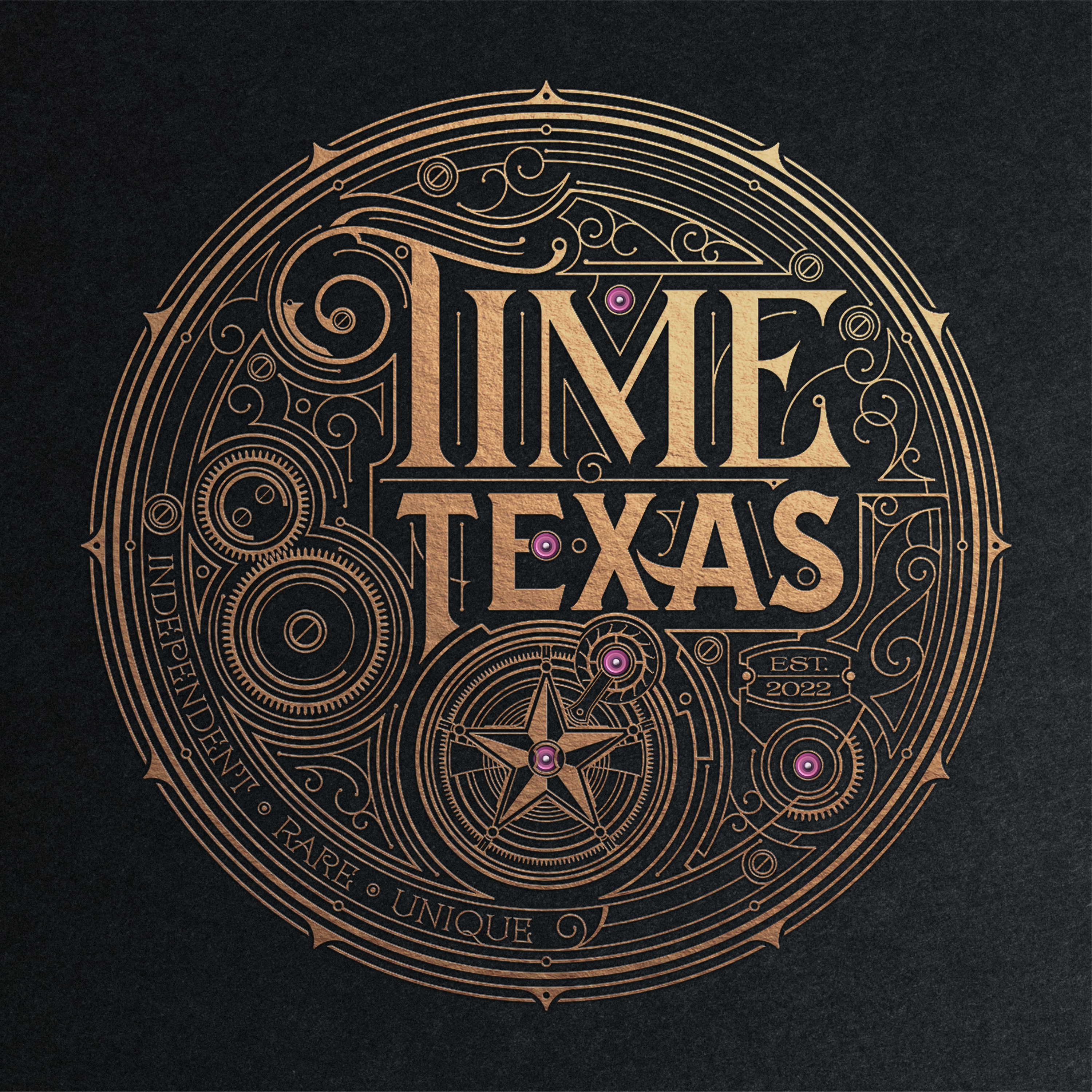


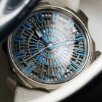
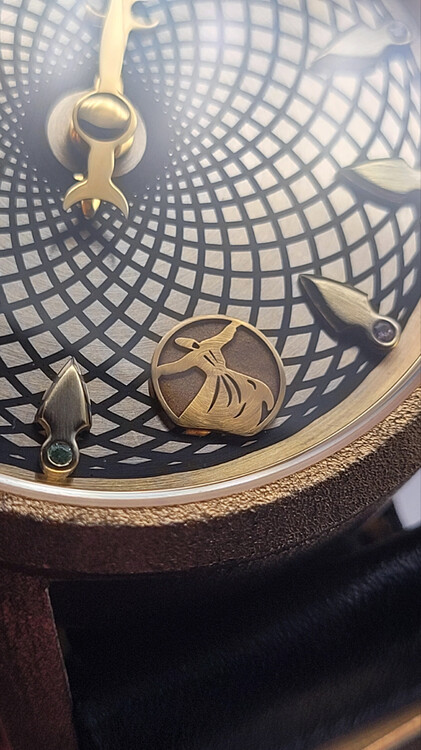
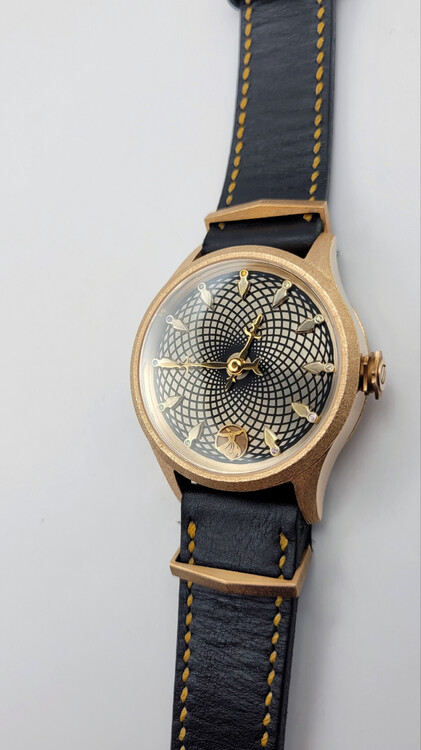
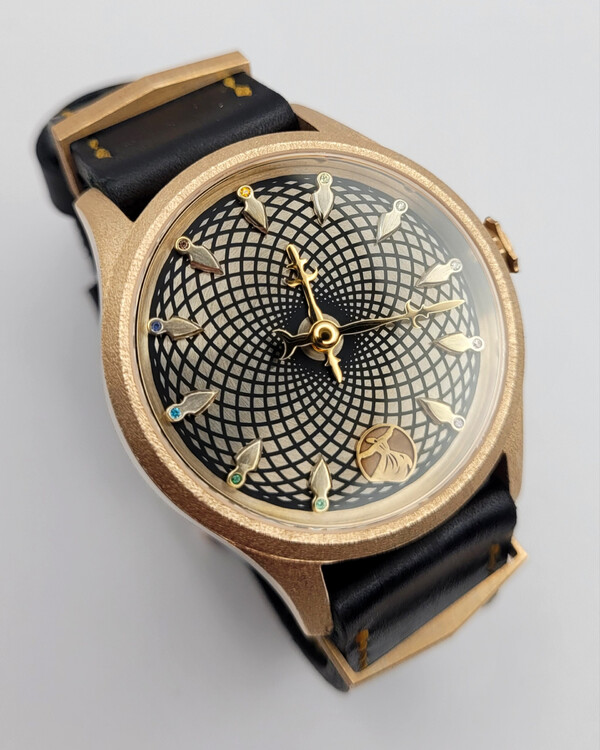
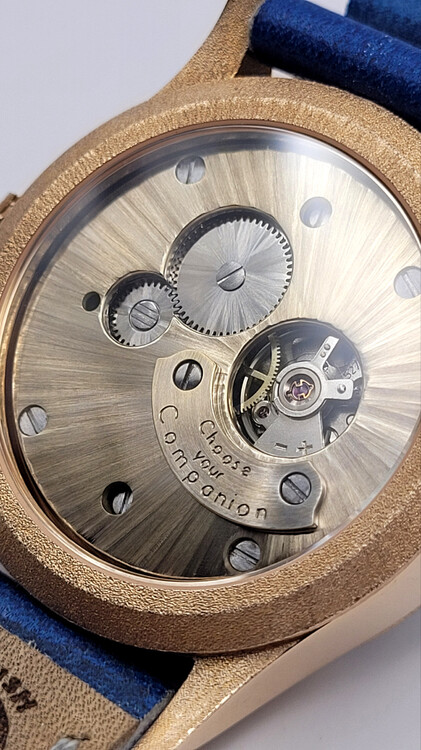
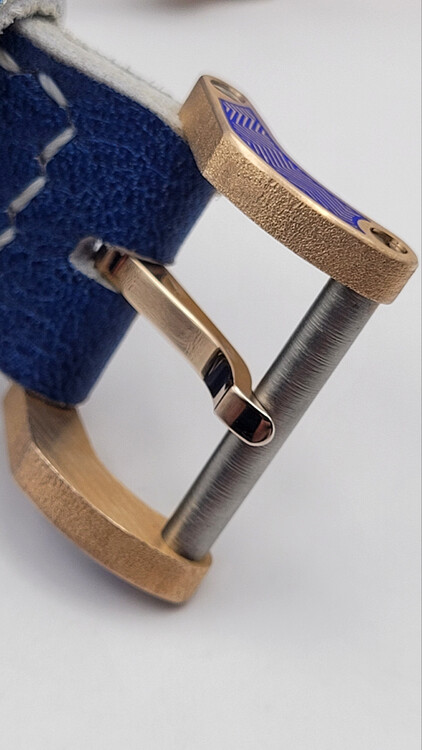
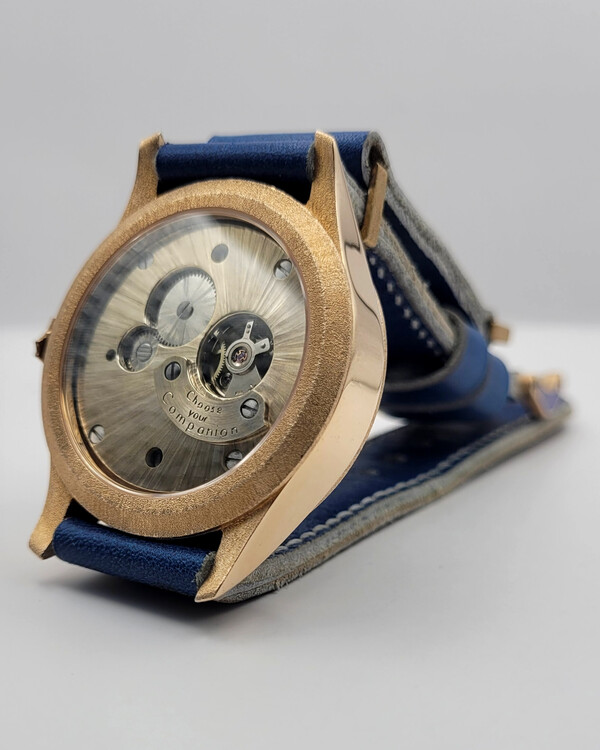
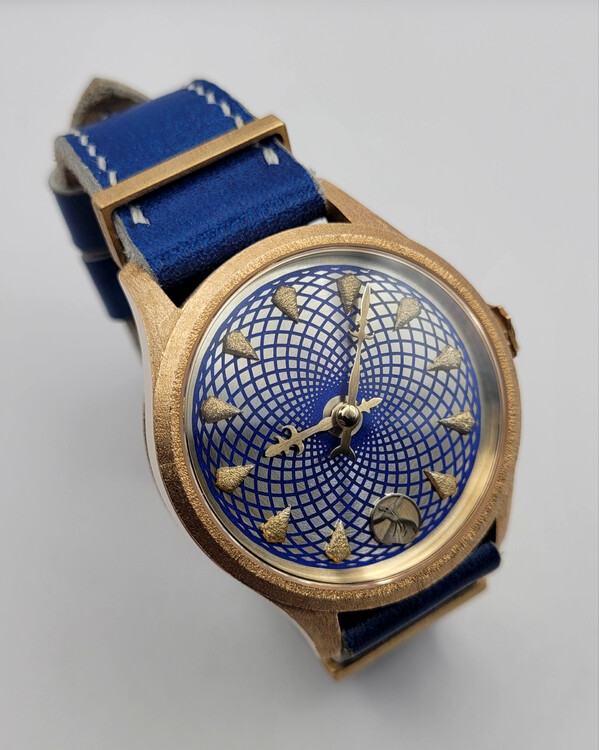
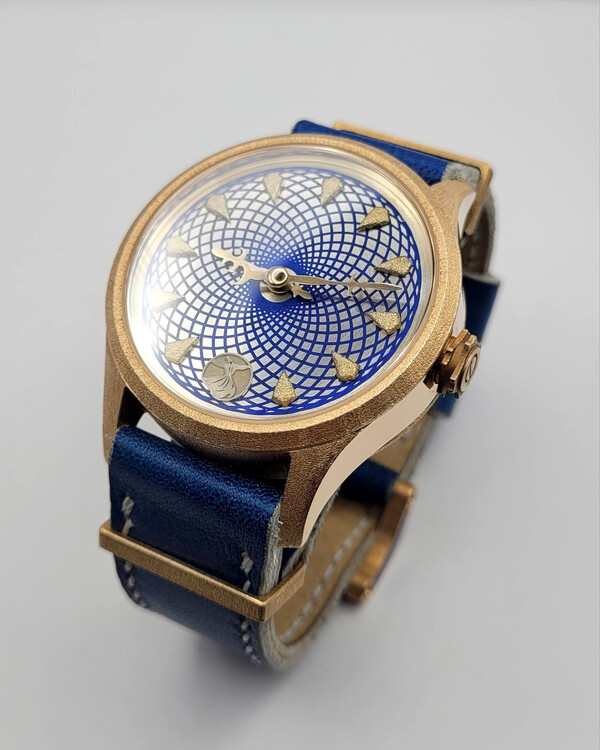
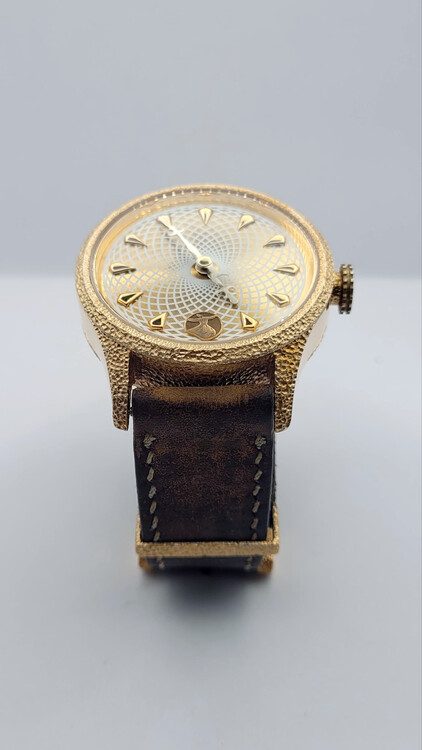
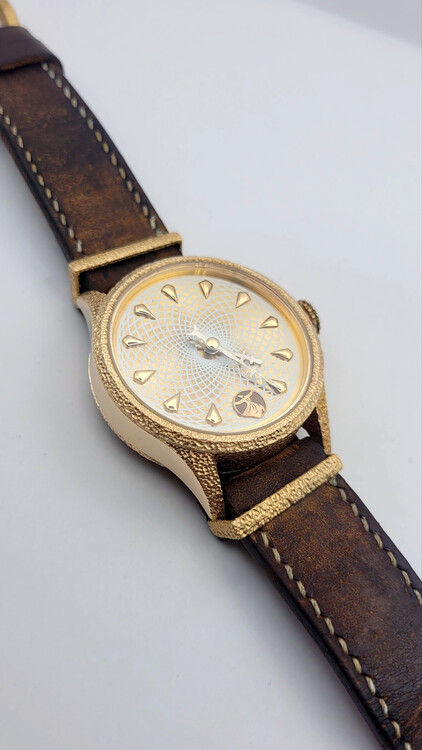
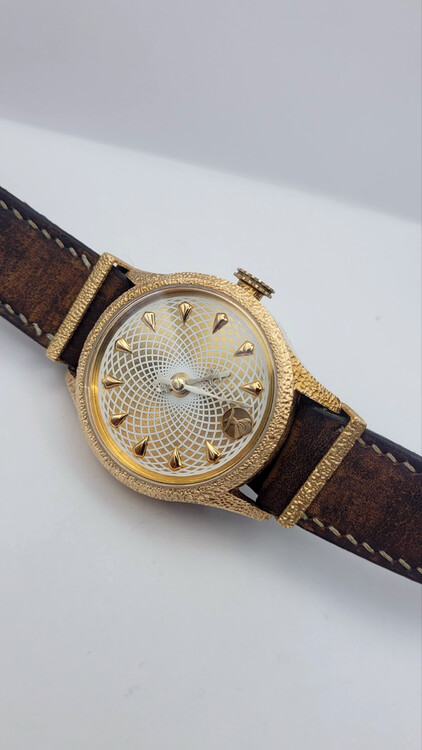
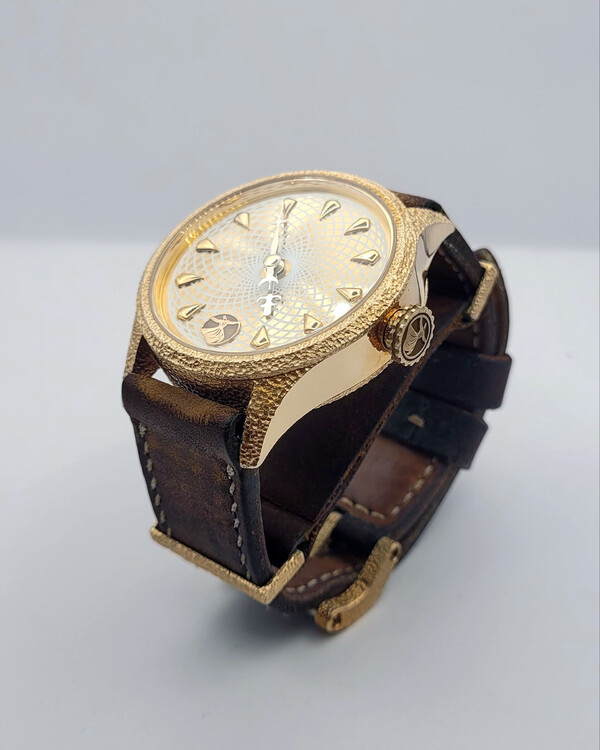
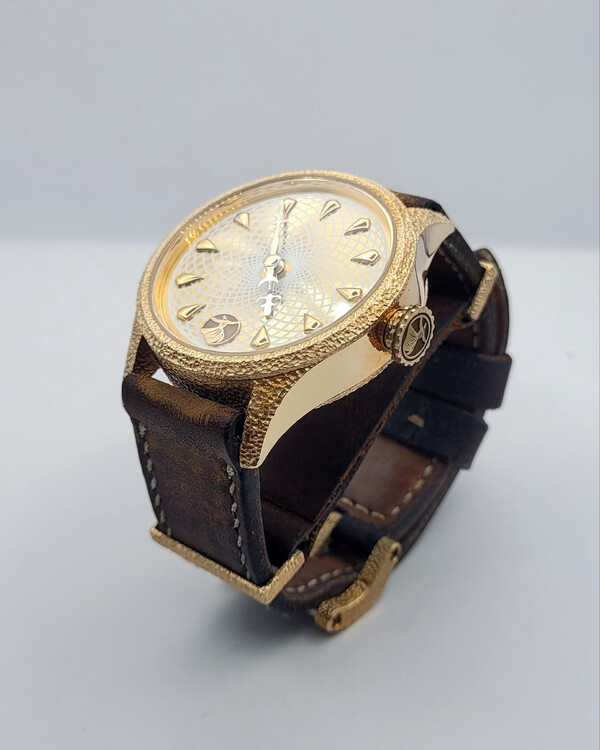
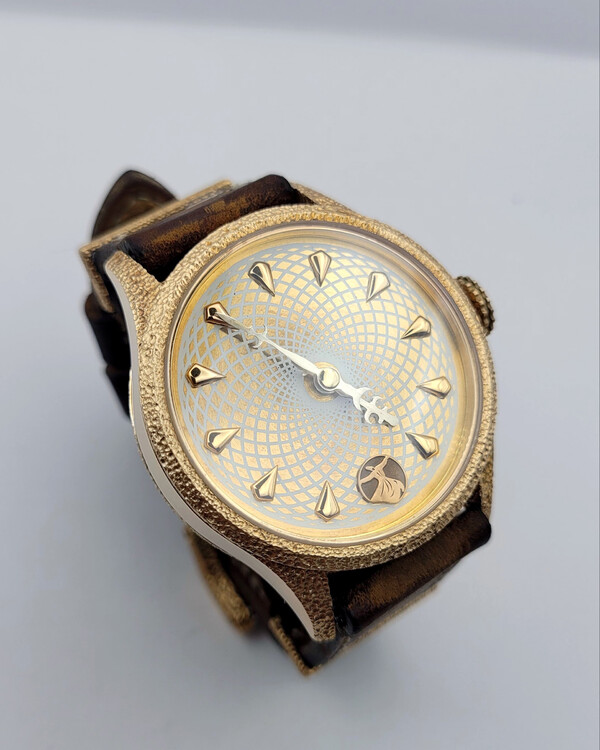

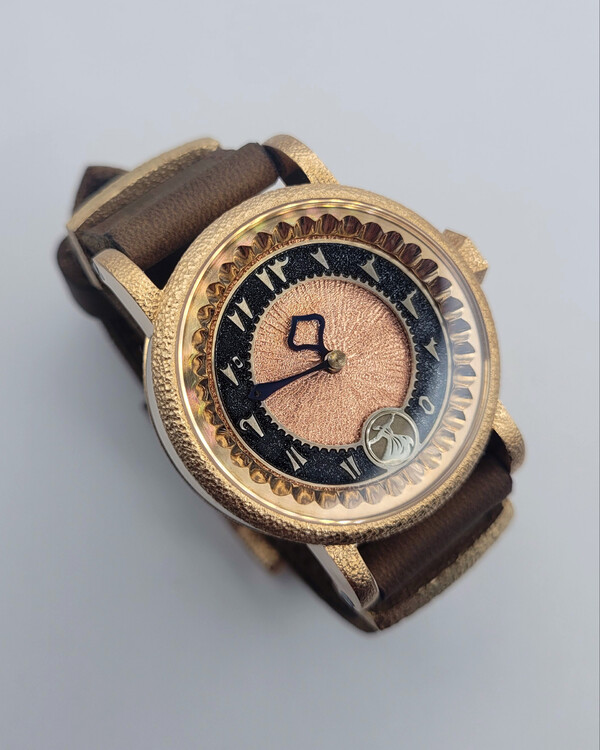
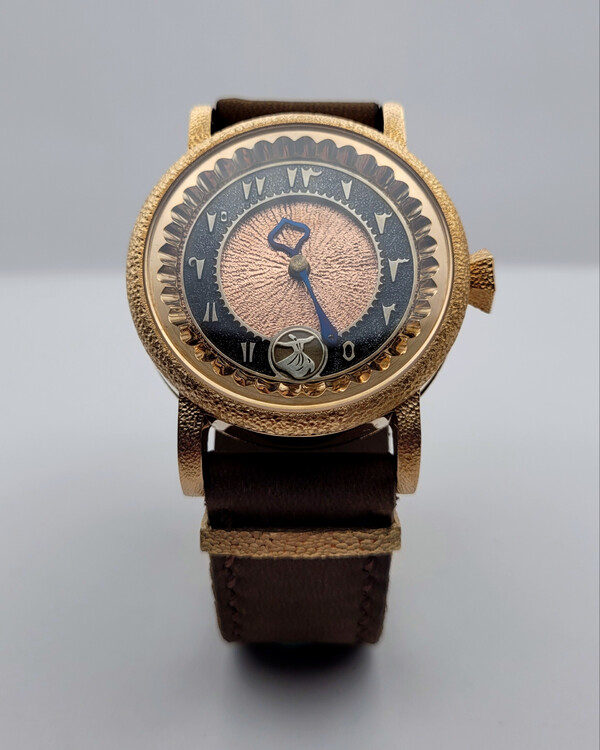
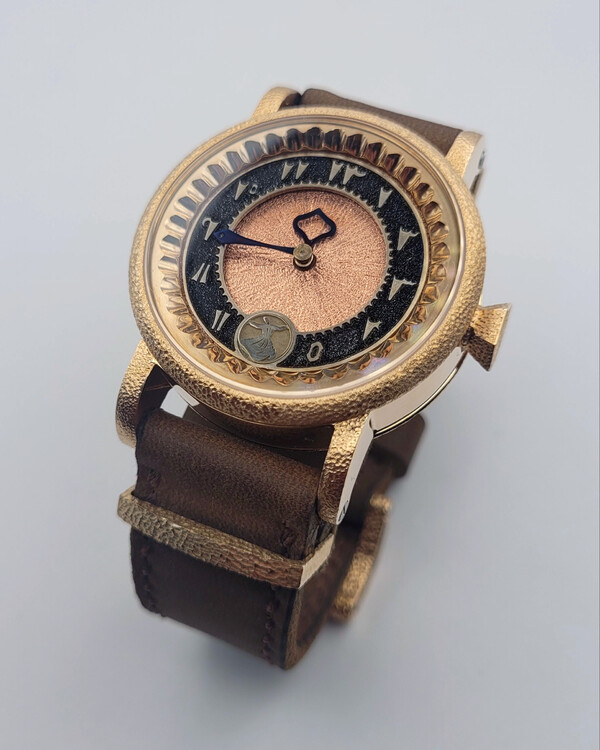
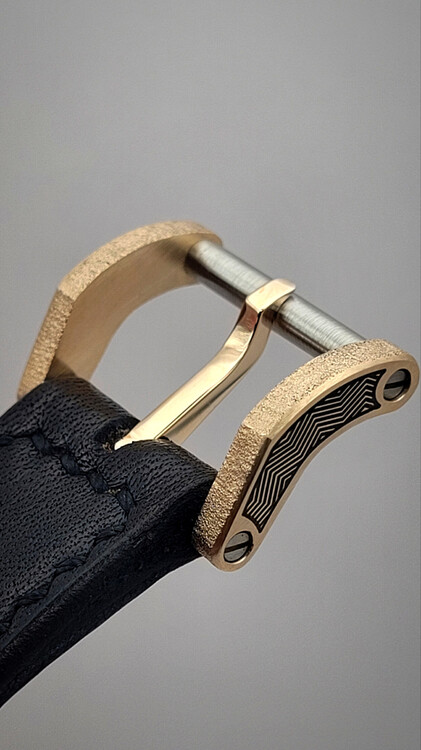
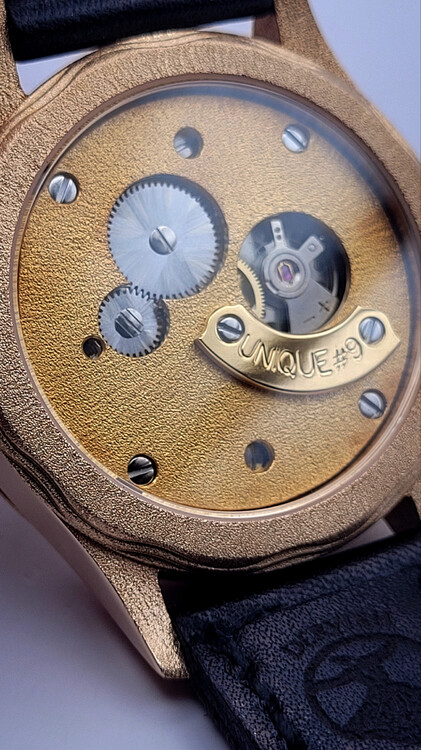
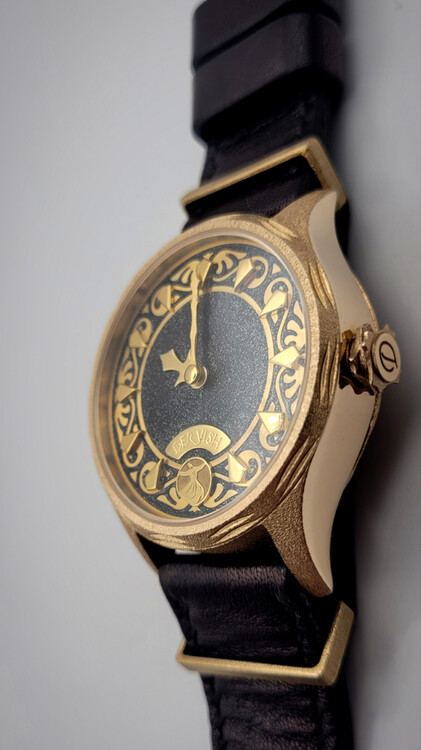
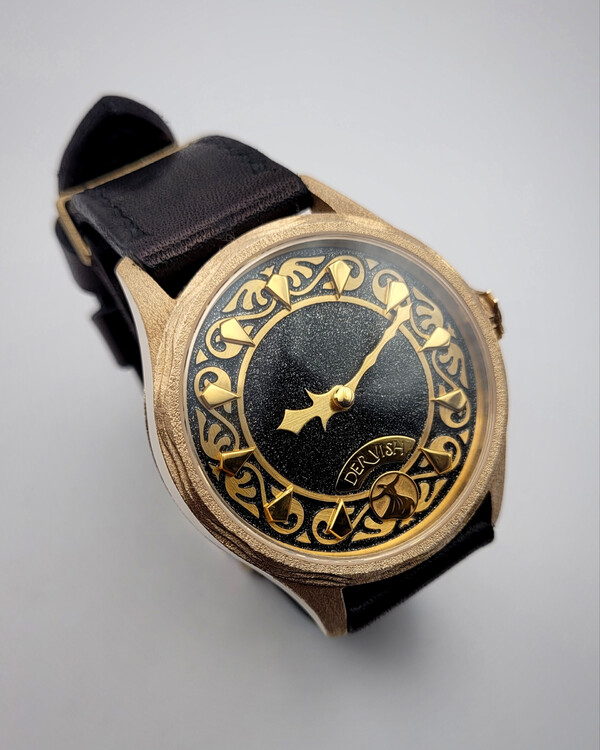
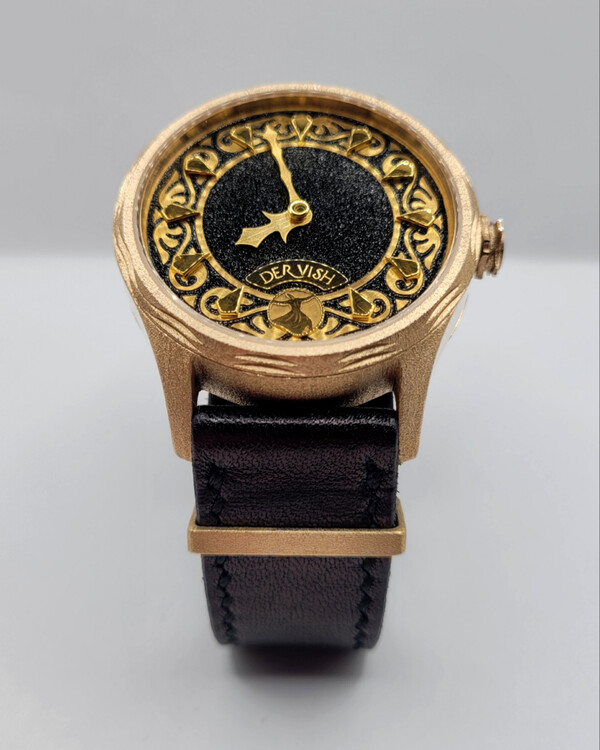
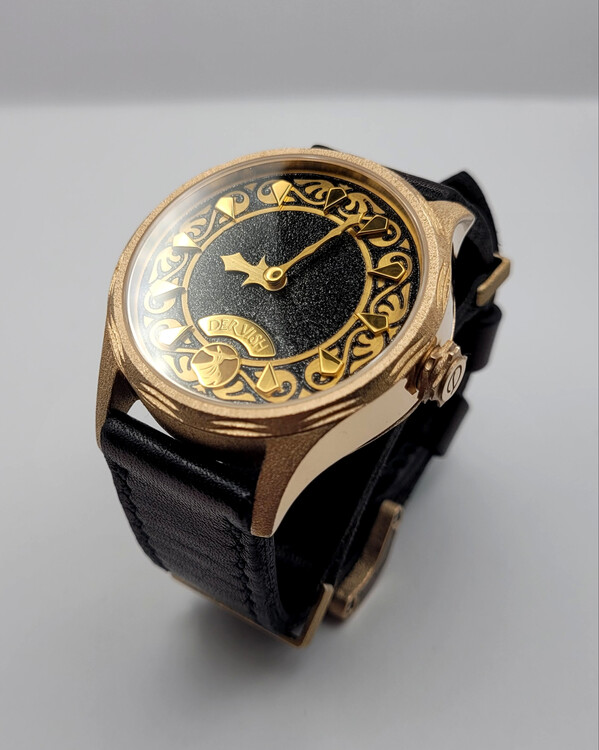
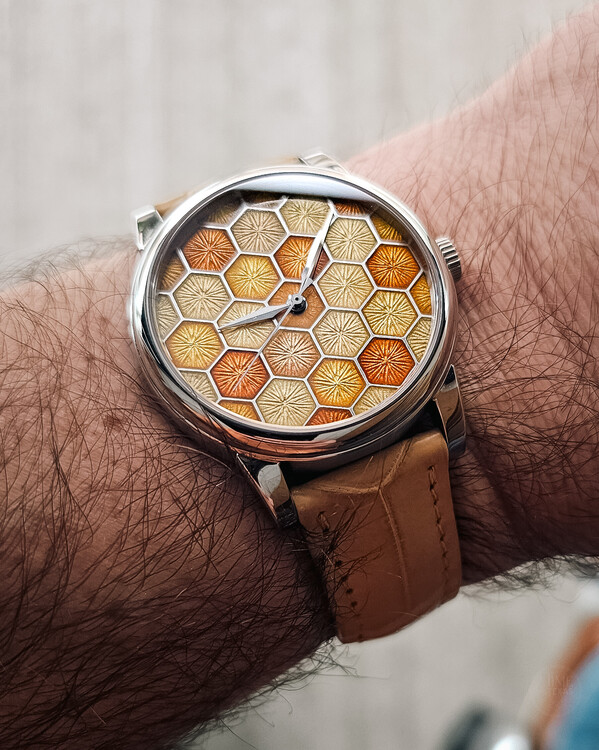
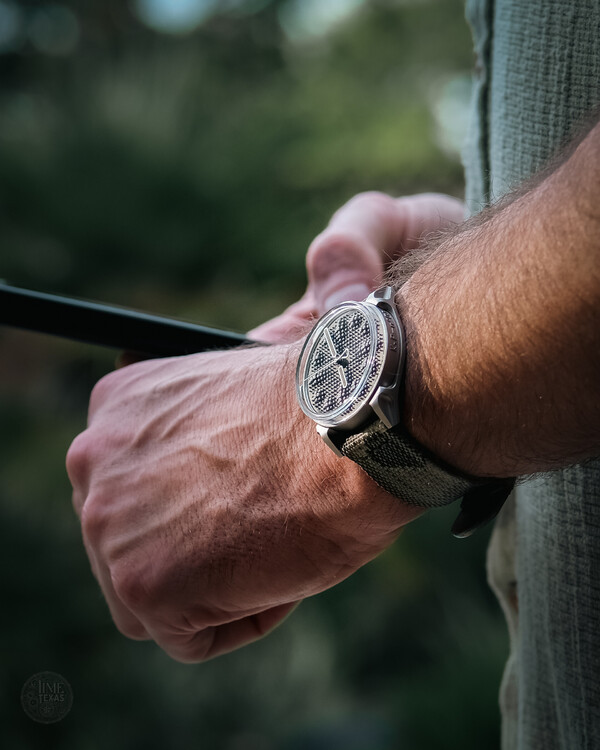
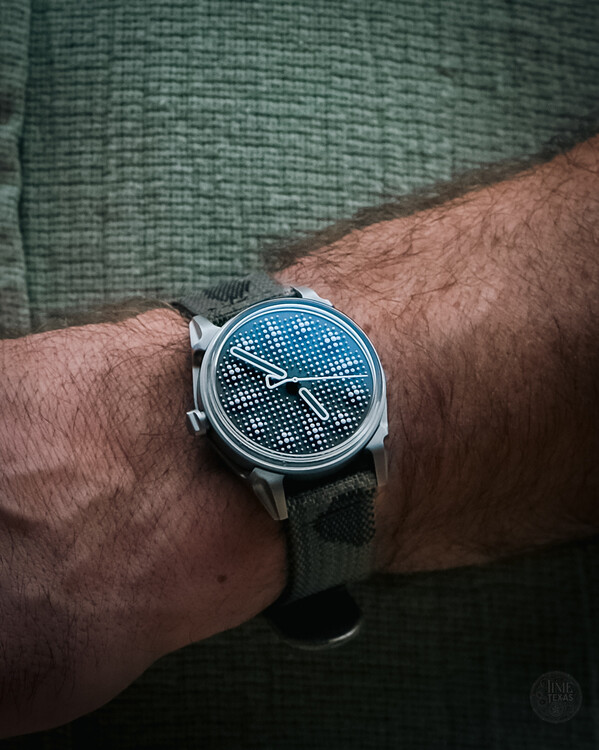
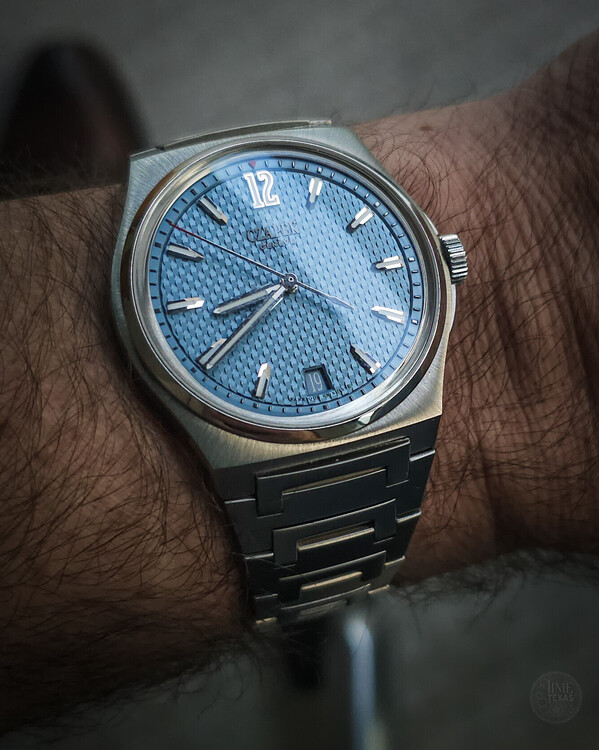
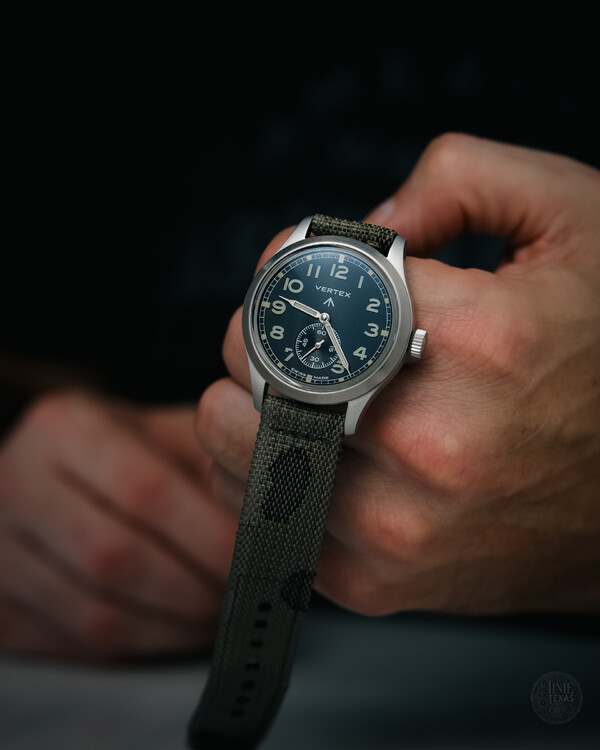
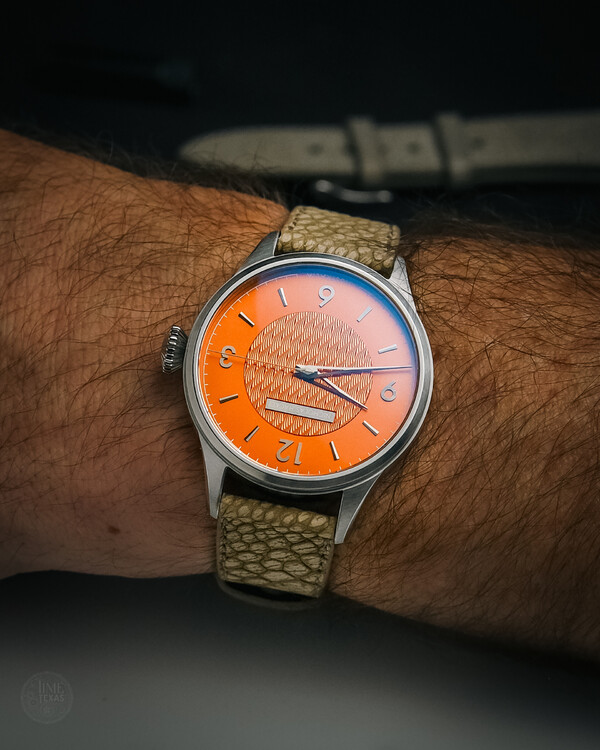
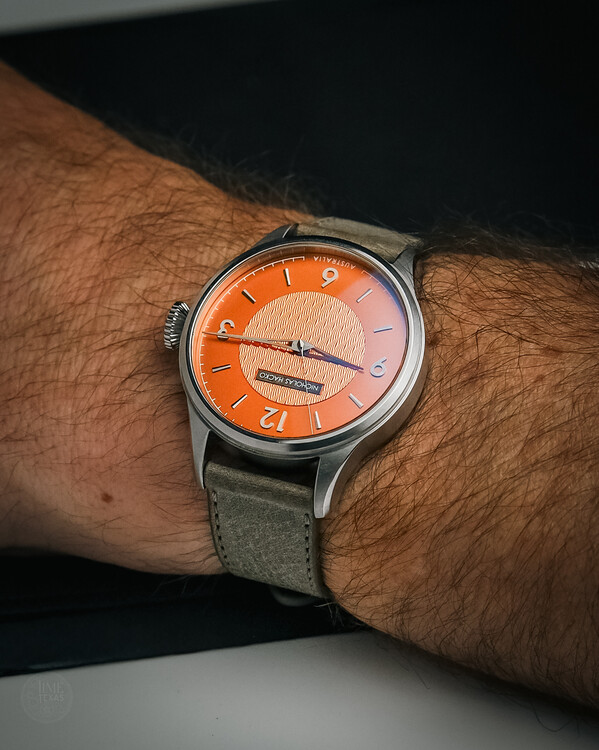
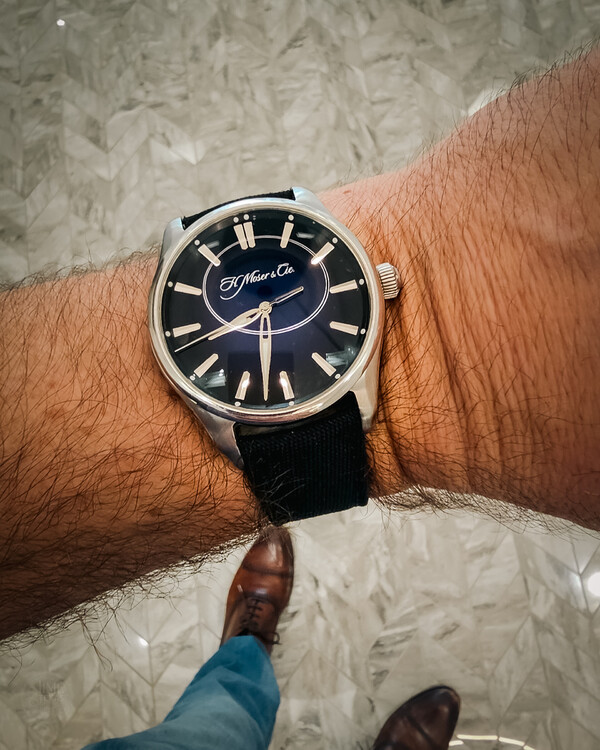
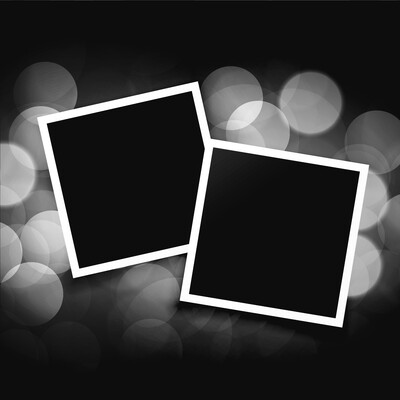
.thumb.jpg.0e83f8a39d4cff429fdfd88a0981487a.jpg)
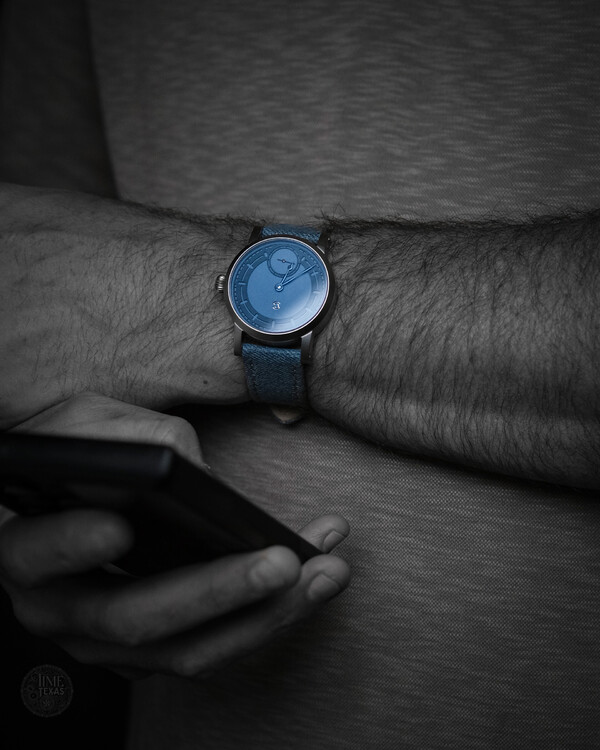
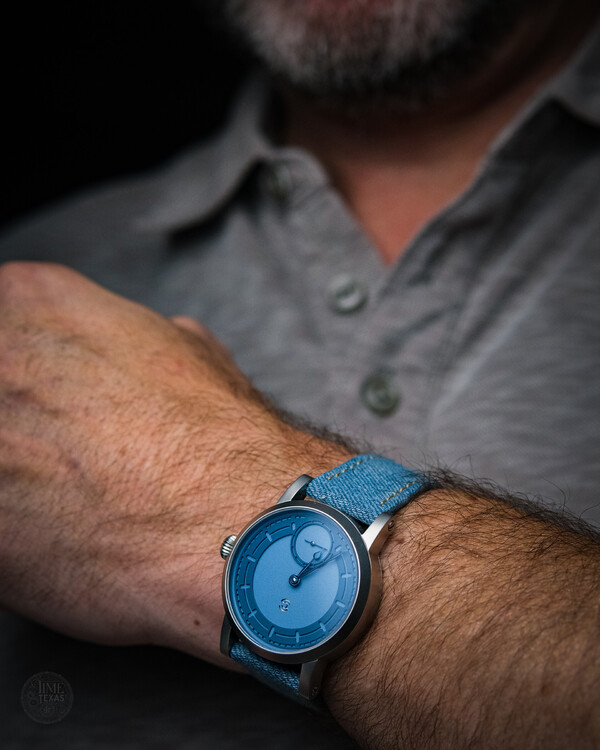
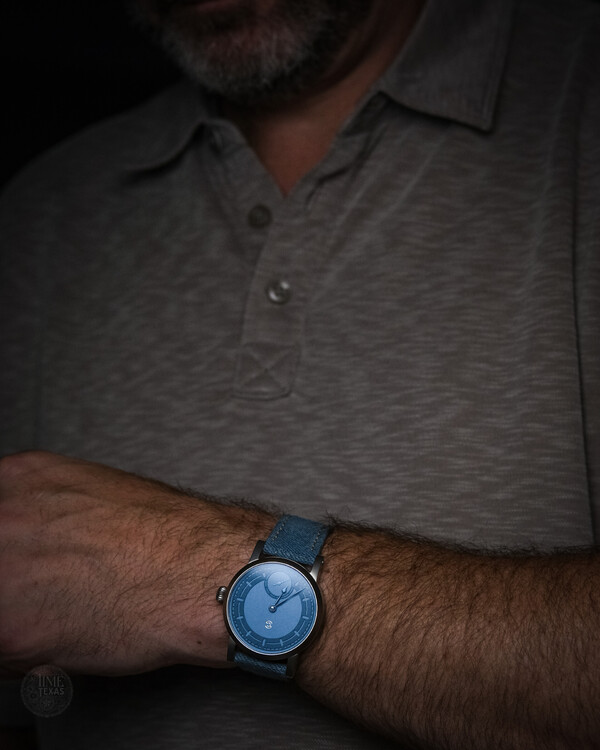

.thumb.jpg.880bb788c5dbef5c43b7d3c0e8fb5607.jpg)
.thumb.jpg.2c6f196c9e32a1fc2dfaf15334ac9a3c.jpg)
.thumb.jpg.641a3d954680d8e13d3420da7650679c.jpg)
.thumb.jpg.ea04fa98dd38b7ae961ad6ce5cc1449f.jpg)
.thumb.jpg.d24ac757a20272b66f1272bc2727ddee.jpg)
.thumb.jpg.4b34123a6e87e6057de8780391157918.jpg)
.thumb.jpg.36e9be0b3e24160ec74b343c6ae446b0.jpg)
.thumb.jpg.d66b6a428a8d18eb9cebfae563b2cf39.jpg)
.thumb.jpg.ba9e431733db9fbee4d36ede49216bc1.jpg)
.thumb.jpg.b19f4c1c99feb39b8c4e70a74aa98455.jpg)